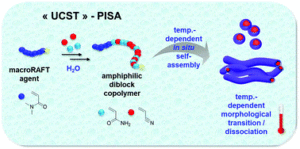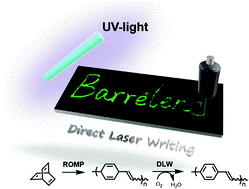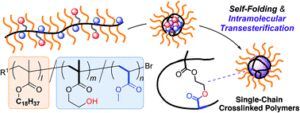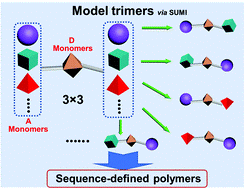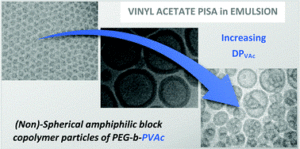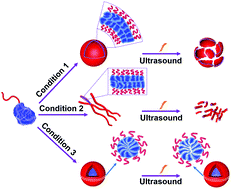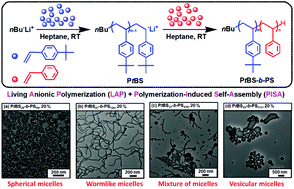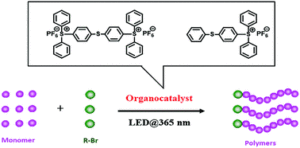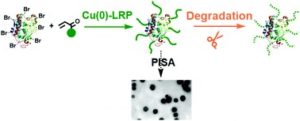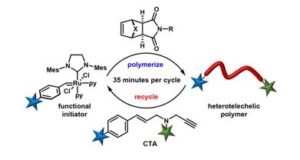Audureau et al. report the synthesis of UCST-thermoresponsive diblock copolymers using reversible addition-fragmentation chain transfer (RAFT) polymerization in aqueous media.
Thermoresponsive polymers have attracted widespread interest in both fundamental research and industrial applications due to their special ability to change properties upon cooling or heating. Polymers exhibiting upper critical solution temperature (UCST) are soluble in a solvent above the UCST but precipitate from the same solvent when cooling below its critical temperature. In the large UCST polymer family, the statistical copolymer poly(acrylamide-co-acrylonitrile) (P(AAm-co-AN)) has gained increasing interest and has been used to prepare nanoparticles for drug delivery, cancer theranostics/chemotherapy and photoacoustic imaging. However, a method for scalable synthesis of thermoresponsive P(AAm-co-AN) block copolymer in water and in-situ self-assembly of the resulting copolymers into nanoparticles remains elusive. In this work, Rieger, Stoffelbach and co-workers employed polymerization-induced self-assembly technique (PISA) to synthesize, for the first time in water, well-defined P(AAm-co-AN) block copolymers which self-assembled into nanoparticles. Importantly, the rare worm-like morphology was successfully obtained, which paves the way for developing better cancer drug delivery systems since nanoworms have distinct and advantageous properties when compared to their spherical counterparts such as long circulation time, high accumulation in tumour and deep tumour penetration. Furthermore, an interesting worm-to-sphere morphological transition was observed upon heating the nanoworms solution. This is in contrast to previous reports where a worm-to-sphere transition was only demonstrated upon cooling and therefore, offers a new promising strategy to design novel smart nanoparticles for various applications.
Tips/comments directly from the authors:
1) The thermoresponsive properties of the copolymers crucially depend on the molar fraction of acrylonitrile (FAN) in the P(AAm-co-AN) block, tunable by the initial AN fraction (fAN) in the monomer feed. As AN is volatile, a closed Schlenk system should be used to avoid monomer evaporation during polymerization and produce polymers with predictable properties.
2) P(AAm-co-AN) statistical copolymers exhibited a typical UCST-type thermal transition for acrylonitrile molar fractions (FAN) ranging from 0.3 to 0.5.
3) In addition to FAN, the presence of a hydrophilic PDMAc block and the DPn of the polymer blocks also impact the thermoresponsiveness.
Citation to the paper: Thermoresponsive properties of poly(acrylamide-co-acrylonitrile)-based diblock copolymers synthesized (by PISA) in water), Polym. Chem., 2020, 11, 5998-6008, DOI: 10.1039/D0PY00895H. Link to the paper here.
More papers on PISA can be found at our themed collection here!
About the web writer:
Dr. Athina Anastasaki is an Editorial Board Member and a Web Writer for Polymer Chemistry. Since January 2019, she has joined the Materials Department of ETH Zurich as an Assistant Professor to establish her independent research group.


